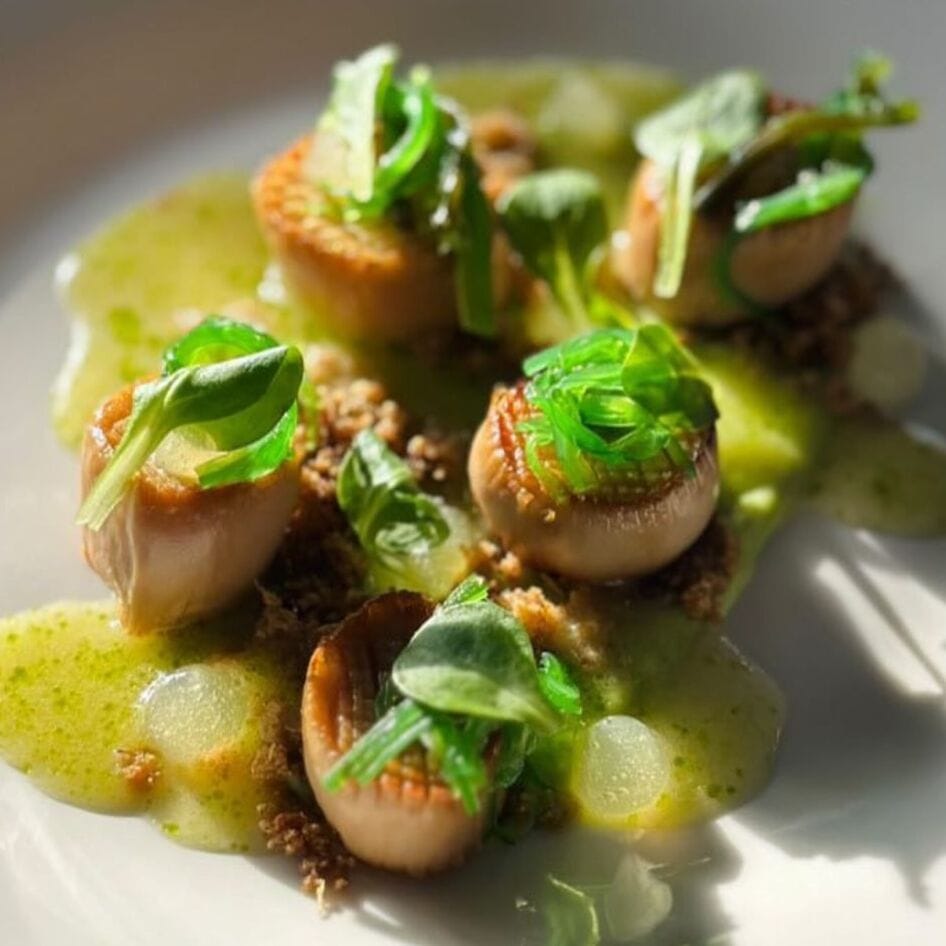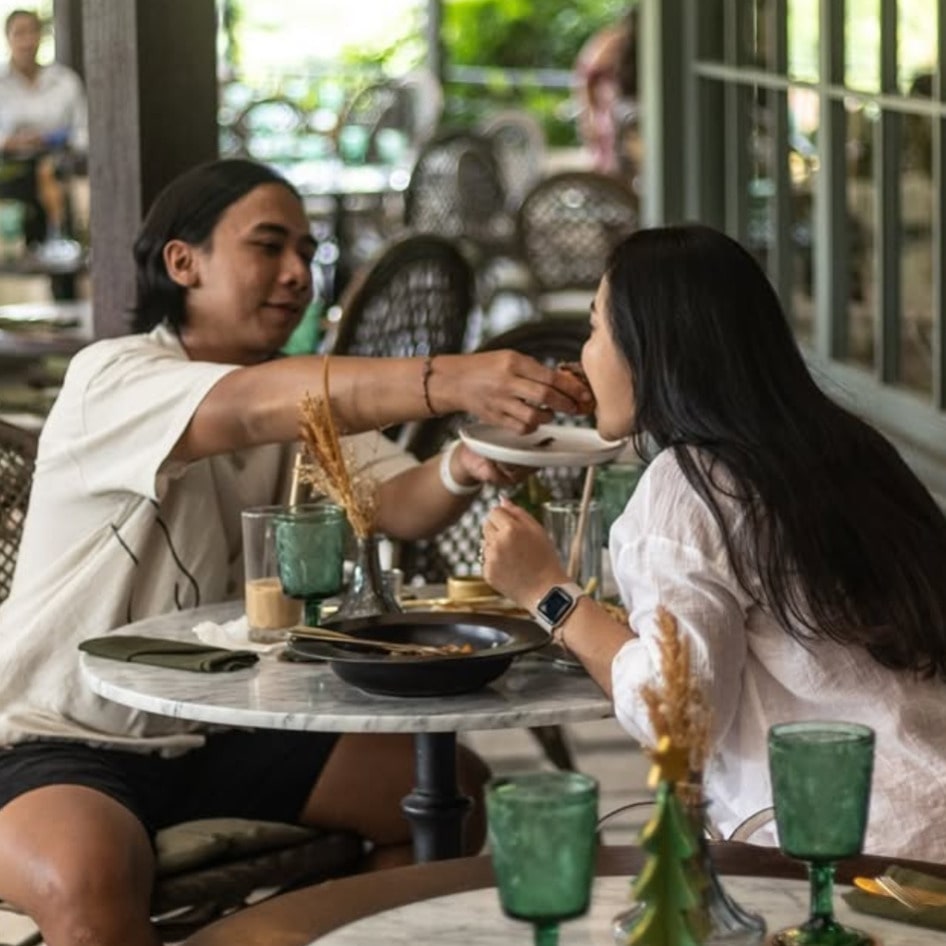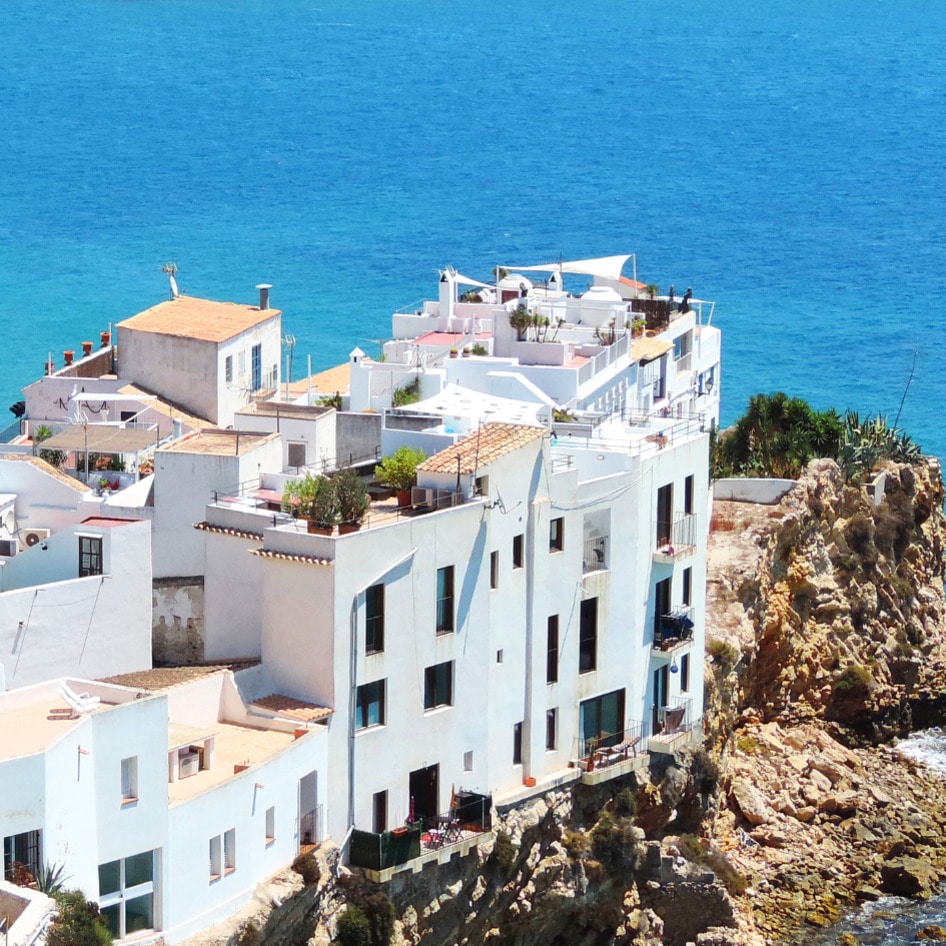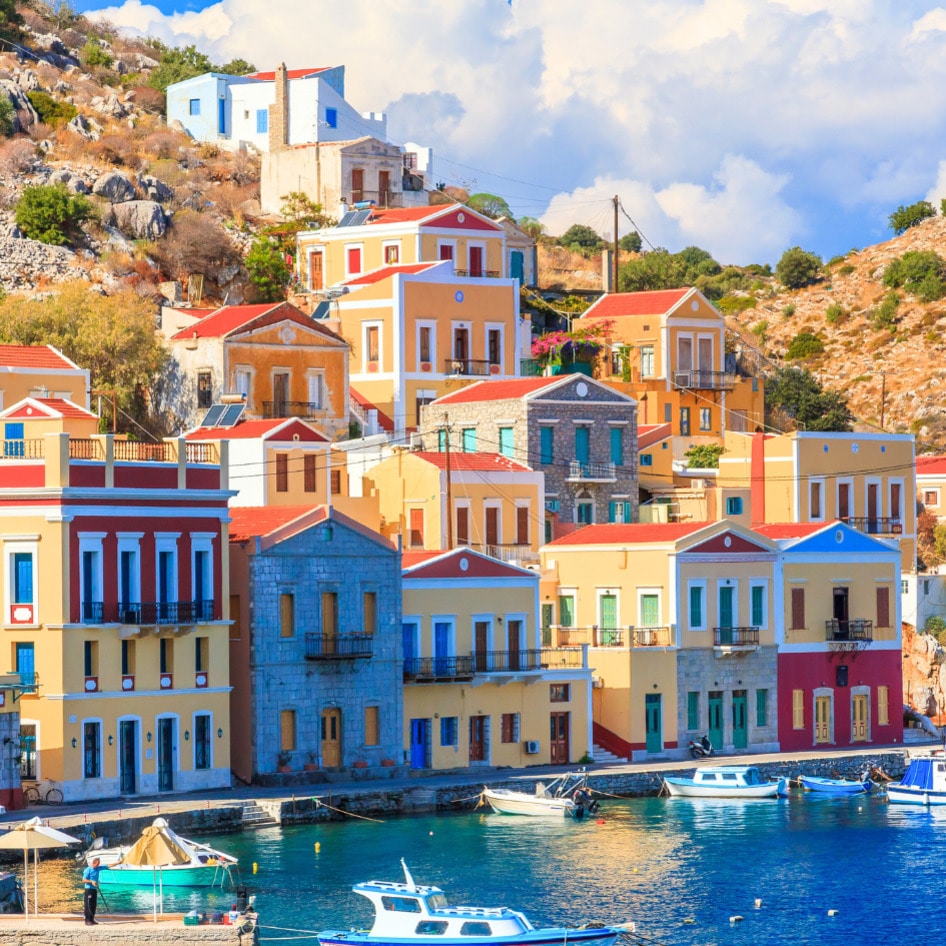A Vegan Guide to Cuba
Plant-based travelers can finally enjoy this vibrant island paradise with an aesthetic straight out of the 1950s.
September 3, 2017
Cuba is so geographically close to the United States that, in 2013, a 64-year-old woman swam the 110 miles separating the two countries. However, diplomatic relations between the two nations started just a few years ago, and, today, people are scrambling to get to the island before President Donald Trump’s plan to once again enforce a ban on American tourists goes into effect. Despite picture-perfect beaches, verdant mountainscapes, and quaint colonial-era small towns, many tourists head directly to Havana and rarely leave—hardly surprising given that the country’s capital offers riveting art and history museums, nightly salsa music and dancing, and a world-class ballet.
Peanuts & papayas
Vegan Caribbean fare conjures images of luscious mangos, pots of simmered black beans topped with creamy avocado, and coconut fried rice served in hollowed pineapples. All of this is available in Cuba, particularly in upscale hotels and restaurants catering to tourists. Consistent with the seemingly ubiquitous Chevys and minimal access to public wifi throughout the island, Cuba’s food takes vegans back to a simpler time. Instead of barbecued soy chicken drumsticks and tempeh-bacon Reubens, wholesome beans, grains, and vegetables grown without harmful chemicals are the focus on many plates. Rather than dairy-free ice cream cones and iced lattes, Cuba allows travelers to develop a taste for mysterious root vegetables and young coconut water sipped straight from the source.
Strolling Havana’s bustling calles brings a carnival of sights and sounds into focus. Vendors selling small paper tubes of mani (roasted peanuts) line the streets, and locals queue up at wooden pushcarts to buy staples such as garlic and onions. Rusty wheelbarrows brim with miniature guava, bananas, and papaya, referred to as ”fruta bomba” (avoid saying “papaya,” local slang for a woman’s private parts). Furthermore, a hummus sandwich on sourdough can be found at El Café in Old Havana, while an eggplant dish and a chickpea veggie burger are available at California Café.
In crowded cafés and outdoor patios, the atmosphere crackles with conversation, laughter, and salsa music. Visitors might be tempted to follow the scent of freshly baked bread billowing out of the city’s 24-hour bakeries, which specialize in spongy loaves of white bread. Skip the neighboring takeout spots proffering cheese sandwiches and prefabricated pizzas, and head to a proper sit-down restaurant where more substantial vegan meals are served.
Easy-to-find Cuban dishes include platanos (plantains) or yuca that are boiled, fried, mashed, or sautéed with fragrant onions. Fluffy, white rice tinted a purplish brown after being cooked with black beans is referred to as ”moros y cristianos” or ”congri” (and is often vegan), while fresh salads made with shredded green cabbage, sliced cucumbers, and green tomatoes help balance the starchier rice and root vegetables. Highly seasoned food is not a part of Cuban culinary culture, and hot sauce can be difficult to find, so travelers seeking a spicy flavor boost should pack their own spice to discreetly dress up restaurant meals.
Home-cooked haven
Many Cubans are cashing in on the newly emerging tourism trade by renting their rooms, called ”casas particulares,” to travelers for approximately $35 per day. Casa hosts across Cuba are eager to earn a few extra bucks preparing wholesome meals of rice, sautéed cabbage, pan-fried yuca with crispy garlic, and black beans cooked with chunks of squash. In addition, casas particulares offer safe, comfortable accommodation for groups and solo travelers. Basic rooms typically have two twin beds, a private bathroom, a dresser, and access to the living room, kitchen, and other shared space within the family home. At more upscale casas that can run as much as $100 night, perks include outdoor gardens, patios decorated with potted flora, and balconies overlooking public parks. Air conditioning is standard and much needed during sweltering 100-degree summer days, so check that the AC works before booking a room. Taxi drivers will direct you to local casas, identified by small, blue, anchor-like emblems at the front door.
Travelers seeking more luxurious quarters will find that many four-and-five-start hotels (charging upwards of $400 a night) offer vegan options. These larger resorts often have build-your-own pasta stations, substantial salad bars, and tropical fruit platters—and might accommodate you further with advance notice.
Budget-minded travelers will appreciate Cuba’s plethora of affordable lodging options: hostels start at $10 per night for shared rooms with bunk beds, and though they offer less privacy, they’re great for connecting with fellow travelers. Hostels’ shared kitchens are a boon, too, with vegan options more bountiful at local markets than in restaurants. A bag of beans and rice, plump avocados, local squash, salad fixings, and ripe fruit cost just a few dollars at the ever-present vegetable pushcarts and mercados—easily-identified produce stalls found on street corners across the country. Given that market offerings are unpredictable, stocking up when produce is plentiful is wise, since mañana might bring little more than onions and bananas.
Rum for the border
Cuba is famous for its rum, which is the base of the island’s most-famous cocktails. Cuba Libre is a simple-but-popular drink made with rum and cola, while a Cubatino is, essentially, a Bloody Mary made with local rum. For writers or fans of classic literature, the classic daiquiri—a favorite of writer Ernest Hemingway—includes rum, ice, sugar, and a citrus juice (typically lime). Then there’s the ubiquitous mojitos comprised of rum, sparkling water, sugar, lime juice, and plenty of fresh mint. Finally, no trip to Cuba is complete without a piña colada. Although this world-renowned beverage is originally from Puerto Rico, the piña colada has become one of Cuba’s most popular swills.
Brooklyn-based travel planner, tour leader, and writer Cassandra Flechsig has traveled the entire island of Cuba to document the country’s recent transformation, enjoying plenty of piña coladas along the way. You can follow her on Facebook and Instagram to learn about upcoming vegan-friendly travel opportunities.
JUMP TO ... Latest News | Recipes | Guides | Health | Subscribe







